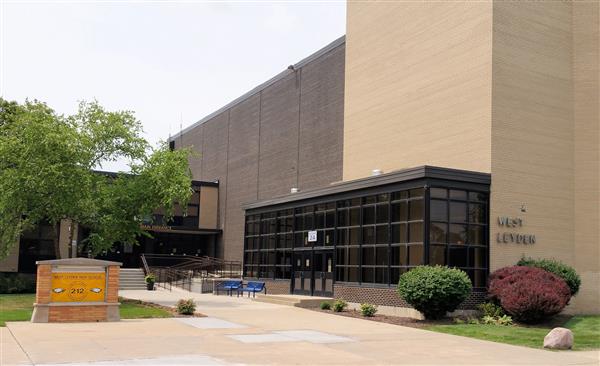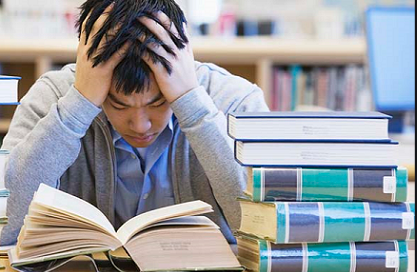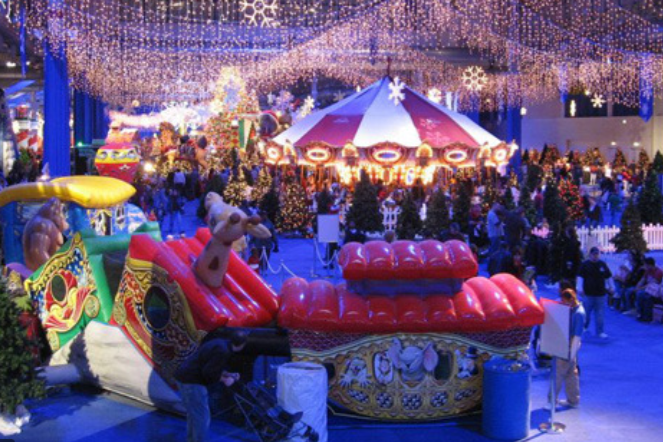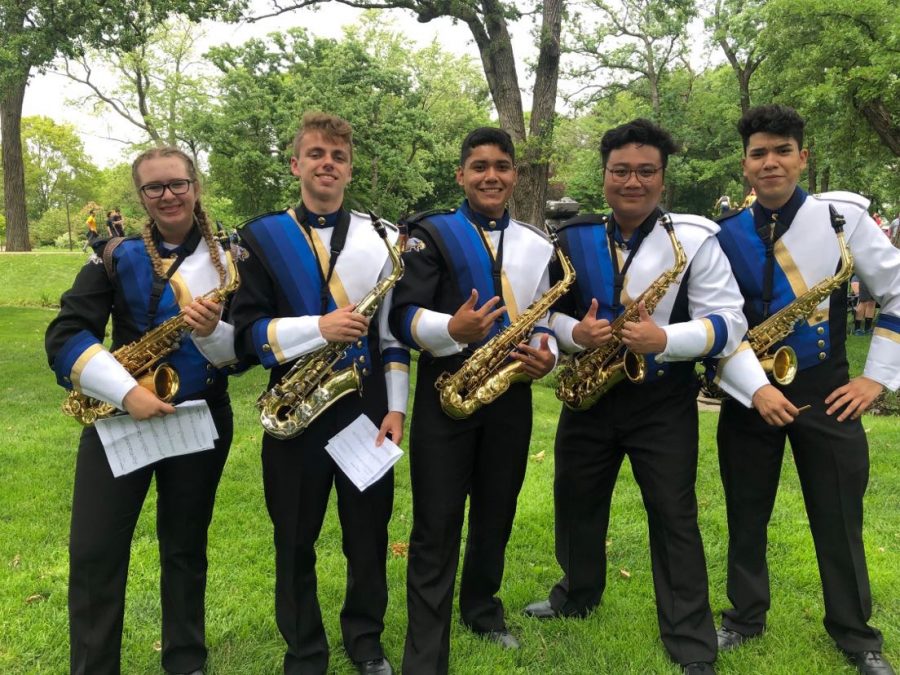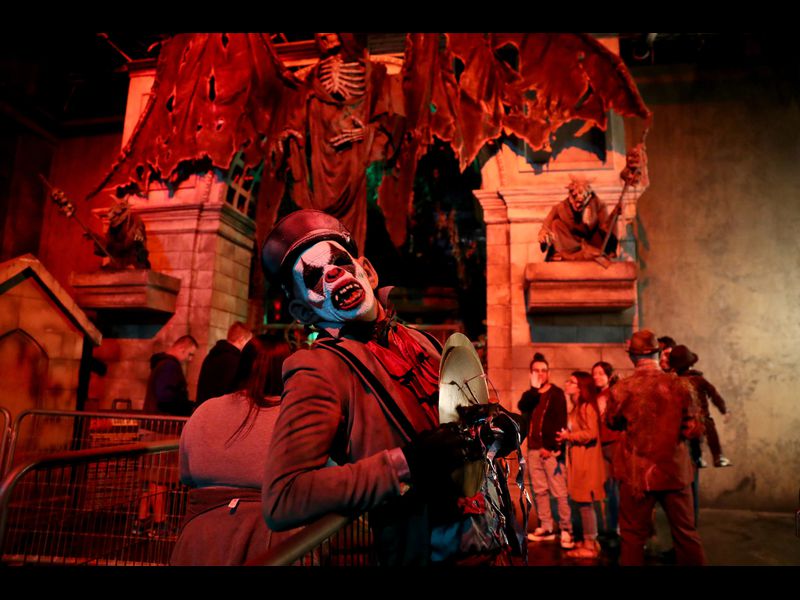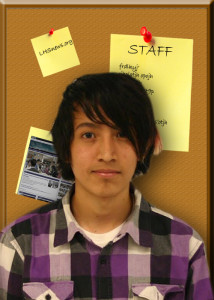People have heard that the world as we know it is supposed to end on December 21, 2012.
Physics teacher Kim Gerber admits that “it’s quite fascinating the interest in this.”
These speculations and myths are still being debated by scientists, mathematicians, and archaeologists.
“I’ve seen it on TV and read about things like super volcanoes, super viruses, diseases, nuclear war, and there are other ideas that could” end the world Gerber said.
But is it really going to happen? Are there any chances that the world will end? And where did this myth of the world ending originate?
One of the things that people mention when talking about the world ending on December 21 of this year has to with the Mayans and their calendar.
To begin with, we should know the background on how this myth began.
Many people cite the Mayans as evidence of why the world is going to end. According to an article from the National Geographic titled “End of World in 2012? Maya “Doomsday” Calendar Explained,” the Mayans left behind their now infamous calendar, which extends from 3114 B.C. and reaches the end of a cycle on December 21, 2012. Many people have argued that this is proof of the “end date” or “doomsday” for Earth.
Another popular Doomsday theory is the Polar Shift Theory, which says that the North and South Poles will invert which will cause earthquakes and tsunamis all over the world leading to complete devastation.
According to an article on NASA’s site “a reversal in the rotation of Earth is impossible.” They do concede that currently “there are slow movements of the continents, but that is irrelevant to claims of reversal of the rotational poles… A magnetic reversal is very unlikely to happen in the next few millennia, anyway.”
NASA also refutes the possibility that the Earth is going to be hit by a meteor because scientists are in constant watch of the outer space and would know if a meteor were going to hit the Earth.
Yet, science does not have all the answers as many religions all over the world have also predicted end of the world scenarios.
According to the History channel’s website, “The planet’s major religions each have their own beliefs about the end of the world,” and the eventual triumph of good over evil via Judgment Day.
They go on to describe specific religions’ interpretations:
In Christianity, in the Bible’s Book of Revelations it mentions Armageddon, the final battle between God’s and Satan’s forces. Some Christians view this as a guide to help forecast exactly how the world will end. According to the Bible, Doomsday, known as the Judgement Day in the Bible, will take place during the Armageddon, where the true believers will be saved and the rest will be left behind and will have face great suffering.
In Islam, Doomsday is referred to as the Hour. Jesus returning to Damascus to slay an anti-Christ who has put the planet in danger. With the anti-Christ out, the Earth will then be in perfect harmony. Jesus will later have a natural death, which will usher in a time of destruction that leads to the Hour.
In Hinduism, there is the story of the god Vishnu coming back in the last cycle as a figure called Kulki, who rides a white horse, carries a sword that looks like a comet, and destroys the forces of evil. Shambhala is arguably the equivalent to Armageddon, but rather than the Earth being destroyed it will be restored from evil so that people can pursue enlightenment.
So is IT possible?
“I’m not worried about it, [but] it’s interesting to talk about,” Gerber said.
Scientists seem to agree with Mr. Gerber and go on to say that is not remotely possible based on current Doomsday theories, and that the popular Mayan myth was misinterpreted and the only thing that will end is one of their cycles.
Sophomore Tracy Perez agreed and added that the Mayan’s “December 21st is like a start over, kinda like the 31st [of December and how] we celebrate New Year’s” the Mayan’s would have a new calendar cycle.
The National Geographic recently published an article discussing the discovery of Mayan murals which show a continuation of the Mayan calendar. These murals show that the ancient Maya predicted the world would continue, even some 7,000 years into the future.
Freshman Damian Kikolski agreed that the world is going to end one day “but it’s not going to happen in our generation.”
In terms of religion, it’s not clear when the world will end, but it’s open to the belief of the people.
We will never really know if the world will end until we reach the day and see it for ourselves.
“Well, we are all fascinated with this because it’s like a narrative: the beginning, the middle, and the end. Everyone wants to know the end,” Gerber said.

